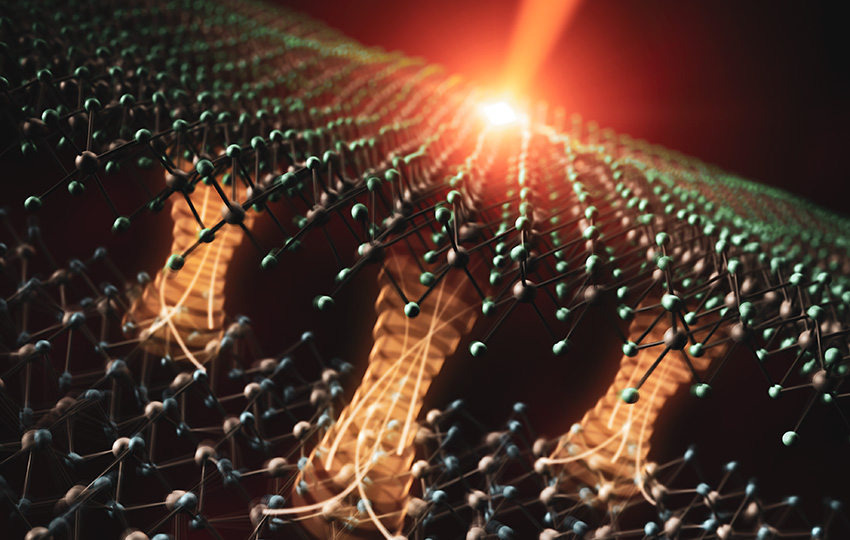
Light-emitting diodes (LEDs), semiconductor-based devices that emit light when an electric current flows through them, are key building blocks of numerous electronic devices. LEDs are used to light up smartphone, computer, and TV displays, as well as light sources for indoor and outdoor environments.
Past studies consistently observed a decline in the performance and efficiency of LED devices based on two-dimensional (2D) materials at high current densities. This loss of efficiency at high current densities has been linked to high levels of interaction between excitons, which cause a process known as exciton-exciton annihilation (EEA).
Essentially, the properties of some 2D materials...
Read More







Recent Comments